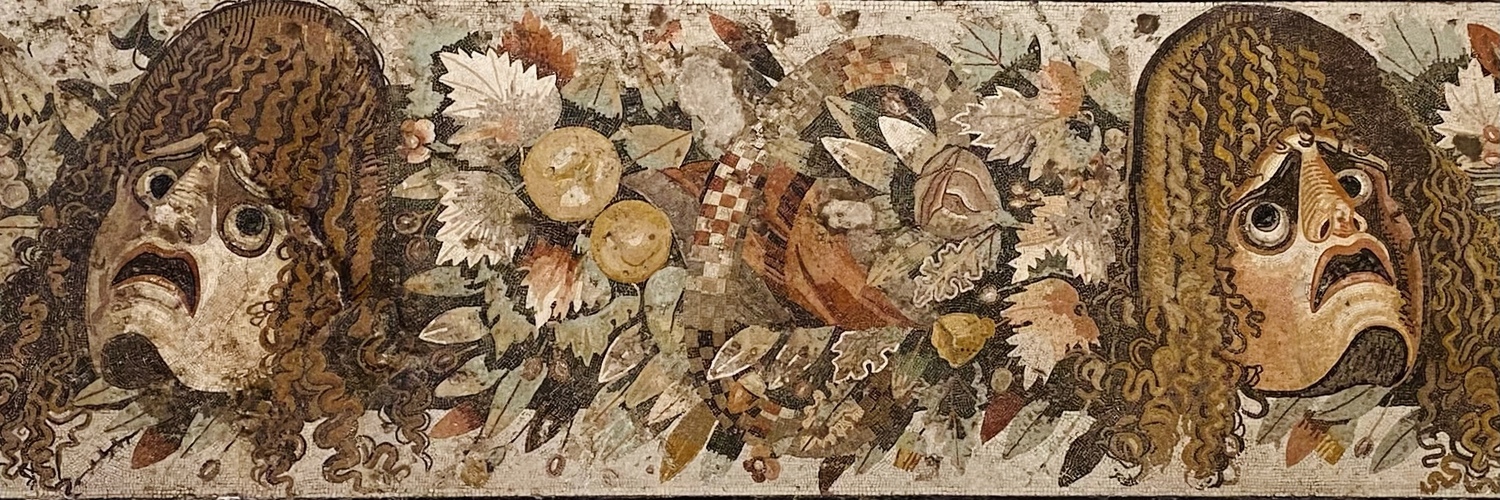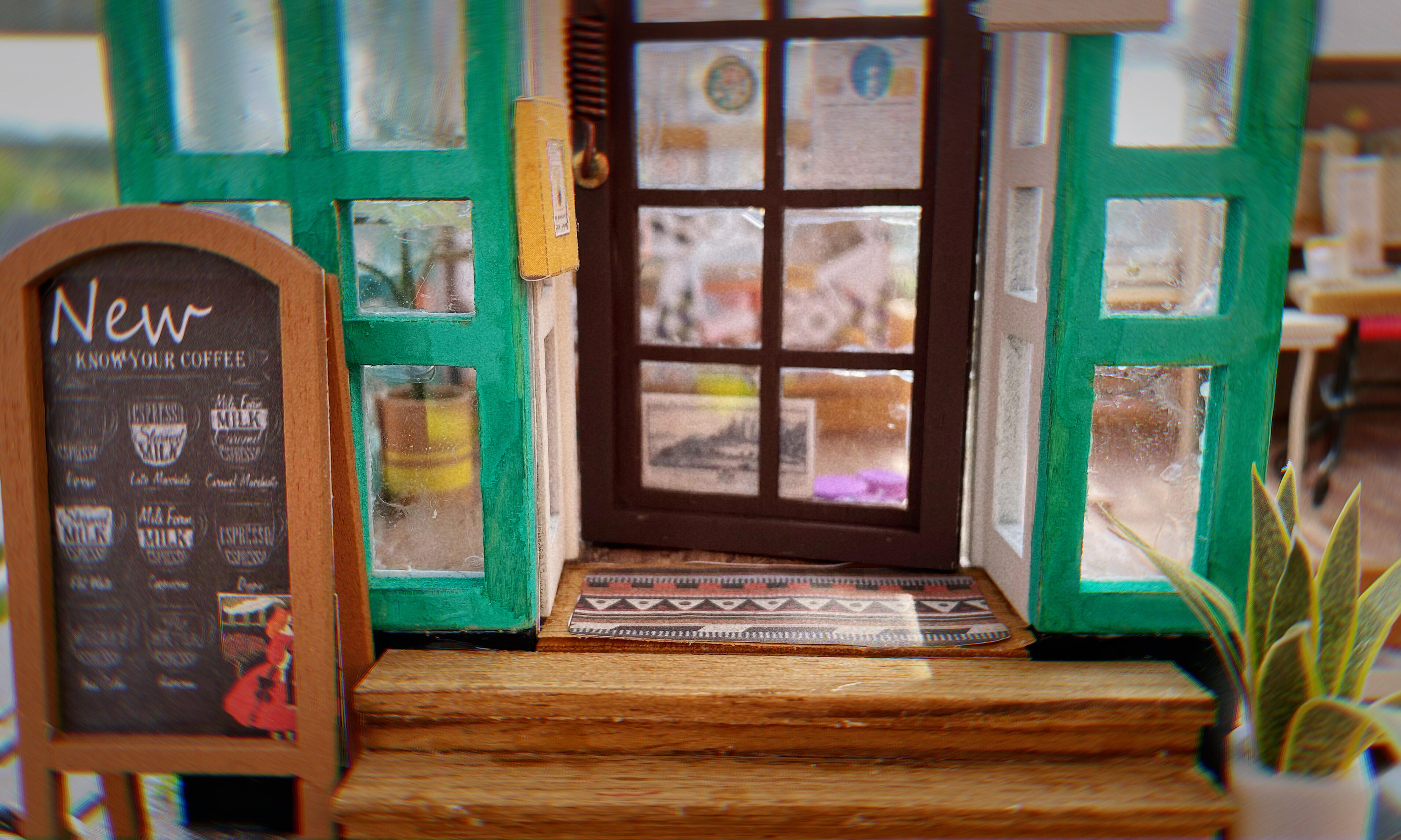
English is a sequential language, with words produced in defined order; the listener’s short-term memory holds the words of a sentence, then takes meaning from their relationship. ASL (American Sign Language) is a simultaneous language in which individual signs are amalgamated into composite ones; one complex, fluid movement could mean, for example, “He moved from the East Coast to the West Coast.” Each sign includes a hand shape, a location on or near the body where the shape is held, and a directional movement. Additionally, facial expressions serve not just to communicate emotions, but as structural components of individual signs. This compounding works well for short-term visual memory, which can hold fewer discrete images than auditory memory. If one needed to make first the sign for “he,” then “moved,” then “from,” and so on, the mechanical effort would become tedious and the logic would disappear; the same unintelligible jumble would result if one needed to speak several different words simultaneously.
simultaneous language 我立刻想到七肢桶![]()
之前知道有 Pidgin Language,但是没想到竟然还有 Pidgin Signed English![]()
“Though we used different signed languages, these Chinese Deaf people and I could make ourselves understood; and though we came from different countries, our mutual Deaf culture held us together. By the end of the evening we’d talked about Deaf life in China, and about Chinese politics.” I nodded. “You couldn’t do that in China,” he said. “No hearing person could. So who’s disabled then?”
草草草,昨天我在琢磨到底怎么把一个图案织进另外一个颜色的平面里,不知道是我搜的关键词不对还是怎样反正网上就是找不到,要么背面有那种一条条的横杠,很丑,于是我就自己琢磨出了一种方法,缺点就是要多用一卷线而且不能打圈,结果今天发现这种方法叫 intarsia..
感觉还是应该找本书来读比较靠谱,关键词太难找了
